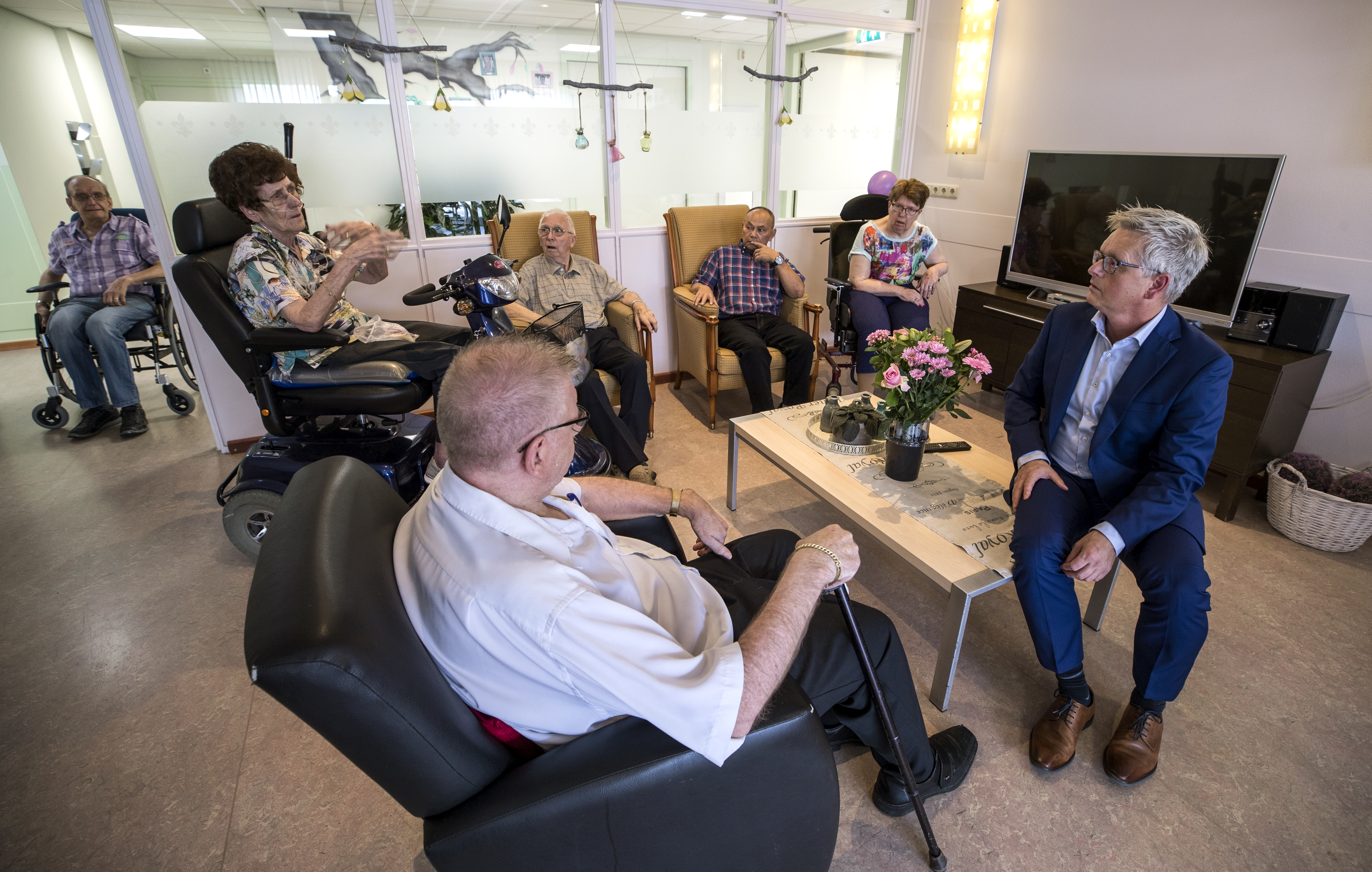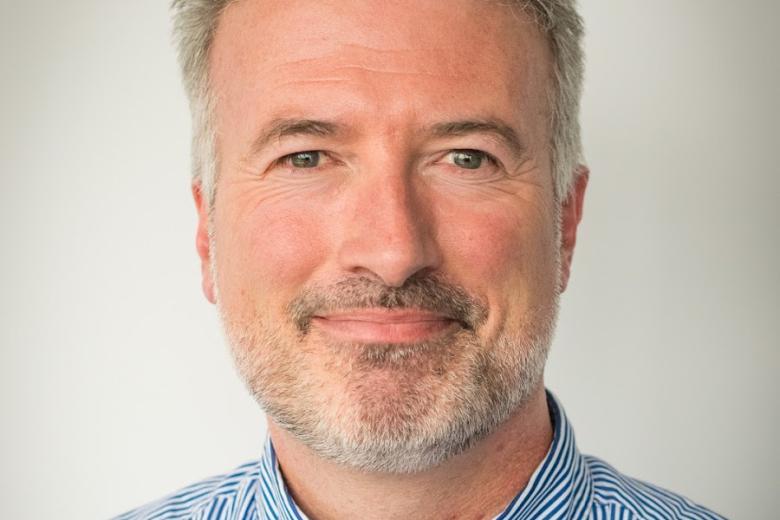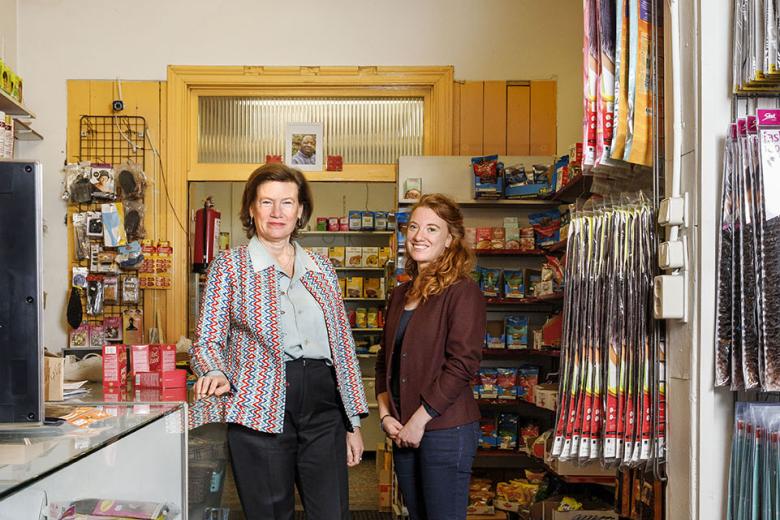Living Lab in Ageing and Long-Term Care: a unique selling point for UM
For people with dementia, so-called “care farms” provide a much improved experience. And in nursing homes in South Limburg, the doors are no longer locked. The purpose of these changes in long-term care is to improve the quality of life of vulnerable older people. At the Living Lab in Ageing and Long-Term Care in South Limburg, these improvements go hand in hand with high-quality scientific research.
A bottle of good champagne is displayed prominently on his desk: a gift from Raymond Koopmans, professor of Old Age Medicine at Radboud University Nijmegen, on behalf of the five other Academic Collaborative Networks on Care for Older People in the Netherlands. A thank-you card is still attached to the neck of the bottle: “We have great respect for your dedication!” Last spring, the Netherlands Ministry of Health, Welfare and Sport (VWS) allocated up to €4.2 million per year to the six Academic Collaborative Networks on Care for Older People for research on long-term elderly care. The decision followed two years of intensive negotiations in which Jan Hamers, professor of Care of Older People at Maastricht University, played a key role. It feels a little like the crowning achievement of his work, Hamers says.
It all began in October 1998, with a tentative collaboration between his research group and a single nursing home in Kerkrade. Since then, it has grown into a partnership between seven Limburg care organisations (MeanderGroep Zuid-Limburg, Sevagram, Envida, Cicero Zorggroep, Zuyderland, Vivantes and Mosae Zorggroep) and three knowledge institutions (Gilde Intermediate Vocational Training, Zuyd University of Applied Sciences and Maastricht University). This year, the Living Lab celebrates its 20th anniversary.
Impact
As Hamers sees it, securing structural funding was an important victory. “In the early years of the Living Lab, the care of older people went from incident to incident”, he says. “The government occasionally spent extra money on it, but rarely with a clear vision and thus with little effect. Considering the size of this sector, there’s shockingly little money for knowledge development. The idea behind the Living Lab was to generate as much impact as possible with limited research resources. For example, in 2000 physical restraints were used in one in three nursing-home residents.

About 10 years ago, we developed an intervention to prevent and reduce the use of physical restraints in nursing homes in Limburg. The introduction of restraint-free care makes us not only a pioneer in the Netherlands and abroad, but also – along with several of our other research projects – served as input for the new Dutch Care and Coercion Act that will come into force on 1 January 2020. The Living Lab was always intended to have an impact this way: top scientific quality, while also providing a clear impetus for healthcare practice, policy and education from vocational to university level. Ultimately, our goal is to change care practice and really improve long-term care for the future, both at home and in nursing homes.”
Joint appointments
Hamers has no doubt as to the secret of the Living Lab’s success: “Joint appointments! University staff are seconded to care organisations, and care staff – nurses, physiotherapists, doctors – are posted to universities. We also work with ‘linking pins’; each organisation has its own point of contact. Without this kind of cross-fertilisation we’d never have accomplished this level of success.” A good example of this cross-fertilisation is the research project Anders Meten. “The aim is to develop a new method of measuring the quality of care, from the recipient’s point of view. Instead of using standard evaluation forms, we have nurses conduct interviews from three perspectives: resident, family and caregiver. The nurses are trained to conduct these interviews by UMIO, the institute for professional education at the UM School of Business and Economics. They don’t do the interviews at their own organisations, of course: nurses from one care organisation interview residents at a different organisation. In this way, the Living Lab contributes to building a learning network in which care organisations learn directly from one another.”
International
The Living Lab approach has attracted much international attention, from Canada to South Korea. “The University of Leeds has set up a similar programme with our help. Actually, you could say that Leeds has basically copied us; the Brits are very enthusiastic. In that sense, our approach to long-term care is a unique selling point for UM.” The Living Lab is increasingly conducting research beyond the borders of Limburg as well. “We’re currently working on a Horizon 2020 project in Lisbon, for example, which is setting up a Living Lab at the intersection of long-term care, technology and health tourism. It’s nice to get that recognition. Based on another major European FP7 project, we concluded that the Netherlands is the European allround champion when it comes to care of older people,” Hamers says. “I often get requests from other countries and other regions in the Netherlands looking for advice on setting up their own Living Lab. I always try to tell them it’s better to start with a partnership between two organisations. There’s a reason it took us 20 years to get to where we are now. As for the future, I’d like to expand across the Euregion ...”
Also read
-
Maastricht University and YERUN - A recap and a glimpse into 2024
Maastricht University is an active member of the Young European Research Universities Network, championing values of innovation, openess and responsibility.

-
Empowering Smallholder Farmers in the Data Economy: Unlocking Opportunities and Overcoming Obstacles
Frederik Claasen, the head of policy at our partner organisation Solidaridad Network on the opportunities and obstacles facing smallholder farmers in their data ecosystems.

-
How do involuntarily returned migrants fare in Senegal?
The PhD research of Karlien Strijbosch focuses on Senegalese migrants who were forced to return home after a stay in Europe. Doing justice to such stories is no easy feat, especially when you come up against walls of silence, distrust and shame. Strijbosch and her supervisor Valentina Mazzucato...
